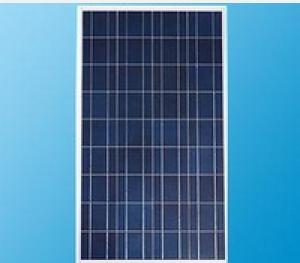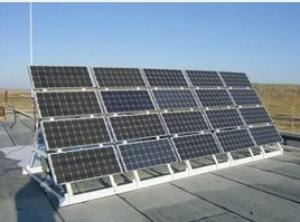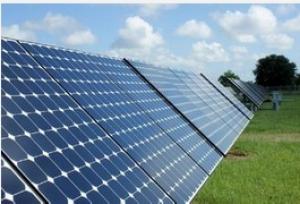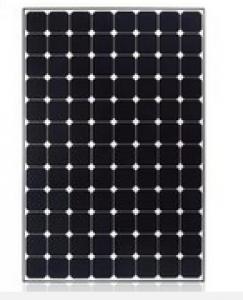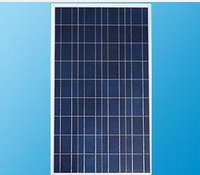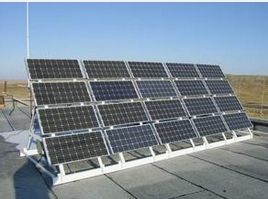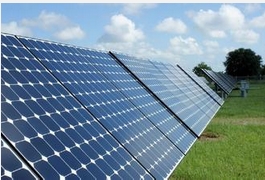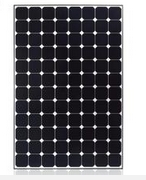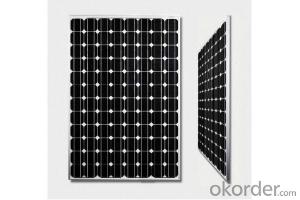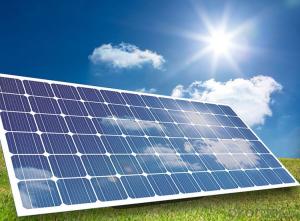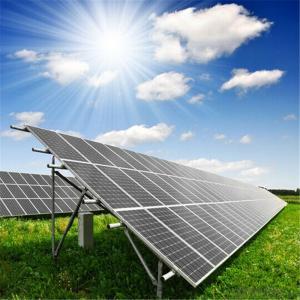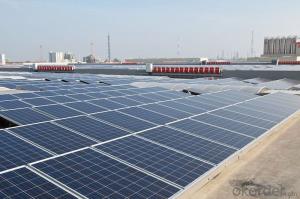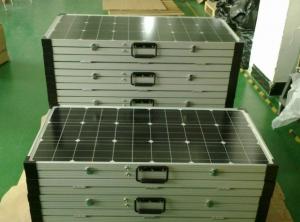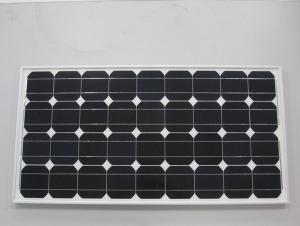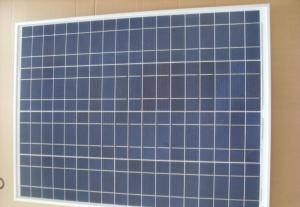Solar Panels Cork 235Poly Module
- Loading Port:
- China Main Port
- Payment Terms:
- TT OR LC
- Min Order Qty:
- -
- Supply Capability:
- -
OKorder Service Pledge
Quality Product, Order Online Tracking, Timely Delivery
OKorder Financial Service
Credit Rating, Credit Services, Credit Purchasing
You Might Also Like
We are in the position to supply you solar panels(20w~310w).
*Featured products in our warehouses and factory:
Poly 245w,250w (60 cells) Mono 260w -Black (60 cells)
*800MW annual production capacity with full-automatic production line
*All our solar panels are insured by CHUBB
*Bankable in Italy(Unicredit) and Australia(HSBC)
*Certificates: TUV, PV CYCLE, MCS, CE, JPEC, UL, ISO, ICIM and CEC
*Warehouses in Holland and Australia
- Q: i need how a solar panel works, if possible make as easy to understand as possible like because of this , this happens and if you could please put a web source you got it from
- How okorder /... Use the next page link to flip through the article.
- Q: i hav e a project for school we need to calculate cost to buy and install solar panels in our school
- Photovoltaic panels have almost zero recurring operating cost. Once installed, they are good for the next 20-25 years, typically. The exceptions are if the panels are not tilted, then you need to pay someone a few times a year to go up there with a mop to clean them. Otherwise, rain and morning dew make the dirt slide off automatically. The cost for your system will depend on the power needs of your school. It also depends on your location. As a government entity, a school is not eligible for the current 30% federal incentive, but may be for state incentives, depending on where you live. Anyway, once you size your system, which will be large, figure on $7 / watt cost for a large system. This would be less if you live in a state with good incentives. So for example, if you needed a 00 kW system, the price would be $700,000. $00,000 of that money is to replace the inverters that break after 5 years, so you would be paying $600,000 up front.
- Q: How do solar panels affect the overall comfort of a building?
- Solar panels can positively impact the overall comfort of a building by reducing energy costs and providing a sustainable source of power. By generating electricity from sunlight, solar panels can help to offset the use of traditional fossil fuel-based energy sources, resulting in lower electricity bills. Additionally, solar panels can reduce reliance on the electrical grid, ensuring a more reliable power supply and minimizing the impact of power outages. This increased energy efficiency can contribute to a more comfortable indoor environment by helping to regulate temperature and reduce the need for heating or cooling systems.
- Q: I know what they do and how they work, but at this point they're expensive, don't always produce enough electricity as needed, and can't be used when there's no sun, as in half the day. Wouldn't wind power seem so more efficient? Or if they do use solar panels, how about putting them in the desert. But I really believe that research money should go to fusion generators since that's the future and the answer to our problems. Which is best in your opinion?
- It absolutly depends on where you live. I don't have enough wind in my area for a wind turbine to do any good. I just installed solar, the system will pay for itself in about 6 years. I didn't get a system that will zero out my electcity usage, but it will dramatically be decreased. I can always add to it in a few years. Since I plan on living here forever I will see a great financial benift.
- Q: Are there any government incentives or rebates for installing solar panels?
- Yes, there are various government incentives and rebates available for installing solar panels. These incentives can include federal tax credits, state and local grants, and utility rebates. These programs aim to encourage the adoption of renewable energy sources and can significantly offset the upfront costs of installing solar panels. It is advisable to check with local authorities and utilities to determine the specific incentives and rebates available in a particular area.
- Q: I would like to know how do you build a solar panel?
- i think the evil Genius book has how to build home made solar cells.
- Q: I was looking at thin flexible solar panels as solar panels 500w a option to upgrade a 20w solar panel I have permanently mounted to the roof of a home made camper van.Why I was thinking flexible is at just 2mm thin they can be glued down and being flexible they will follow the contour of the rounded shape of the roof of my camper (boxy standard solar panel spoils the lines a little)Another reason is no glass to brake when traveling on dirt tracks(though I am surprised mine hasn't broken yet after thousands of km on corrugated dirt roads). Finally there is a weight saving at only /3 the weight or less then a standard glass panel.There are different grades of flex PV some of the more expensive ones are very flexible with extremely thin backing at around .5mm The ones I was looking at are cheaper and at around 2mm with a thin flexible aluminum backing.$250 is about the going rate for 20w OKorder job. Below is a pic of a smaller one 60w or so.Has anyone had any experience with them?
- Guide okorder /
- Q: Me and my wife just saw an ad on TV about going solar and saw the money we can save every month... any here have solar panels? How much do you save every month on energy bill? Is it true that your energy meter will spin backwards? lol
- Yes, it can save money, but really depends on your individual situation. There are three main factors - how much sun you get, how much electricity you use, and how much electricity costs locally. We have solar, and the meter does spin backwards. Actually, it's a digital meter, so it counts down instead of up. The system covers essentially all our electrical usage over the year, and our electric bill is about $5 a month, because of minimum charges by the electric company. That shouldn't be used as a comparison to your situation, though, since every house is different.
- Q: Dear Friends, I am very much worried about Global warming, So to contribute something for reducing Global Warming I have decided to use Solar Panels. Can anybody tell me what is the price of these Solar Panels and why people are not using them when they are environment friendly. What are the Pros and Cons of these Solar Panels?
- In the US and western Europe, the average cost to install a solar system.....panels, wire, battery bank inverters and all of that is $5 ( five) US a watt. ( One panel, 2 x 3 feet putting out 75 Watts costs $700-800 US ) Mos American homes use about 000 kilo Watt hours of electricity a month.. oking, heating, cooling, refrigeration, water lights and all that. that is 2,000 kilowatts a year. A solar panel system would therefore cost $60,000 US to install. That is WAY beyond almost everyone's means, which is why the US and Europe is not covered in solar panels. There is also the amount of sunlight per day and the height of the sun in the sky. There is a formula to figure out how much usable sunlight a day you get; the further north the less......and that number averages out to about 5 hours a day year round. So back to the 000 kW a month.......30 + kWh a day.......in 5 hours a day you have to generate 6,000 watts .... divide by 75 watts a panel = 35 panels x 75.00 per = 25,000 $ US plus wiring, batteries and all that........
- Q: I am looking to run 2 basic shoplights, each with 2- 32 watt T8 flourecent tubes for 6 hours a day for an indoor garden. Location WI.
- Lets say, for a simple approximation, that the 45 watt panel produces 45 watts /3 of the time and nothing the rest of the time. Each day, this will produce 8 hours times 45 watts = 360 watt hours. Also assume the battery charge controller and inverter waste half of that power, leaving 80 watt hours per day. If you use compact fluorescent lamps, that would allow you to burn 80 watts worth for an hour every day, or 90 watts for 2 hours, etc. That is a lot of light for a shed. You might consider using much less efficient tungsten filament lamps, but eliminate the inverter and choose low voltage (automotive) lamps that can run directly across the battery and lower the total cost, but give you only about half the light times time. The main advantage of the inverter might be that it would allow you to use small power tools or appliances in the shed. -- Regards, John Popelish
Send your message to us
Solar Panels Cork 235Poly Module
- Loading Port:
- China Main Port
- Payment Terms:
- TT OR LC
- Min Order Qty:
- -
- Supply Capability:
- -
OKorder Service Pledge
Quality Product, Order Online Tracking, Timely Delivery
OKorder Financial Service
Credit Rating, Credit Services, Credit Purchasing
Similar products
Hot products
Hot Searches
Related keywords

